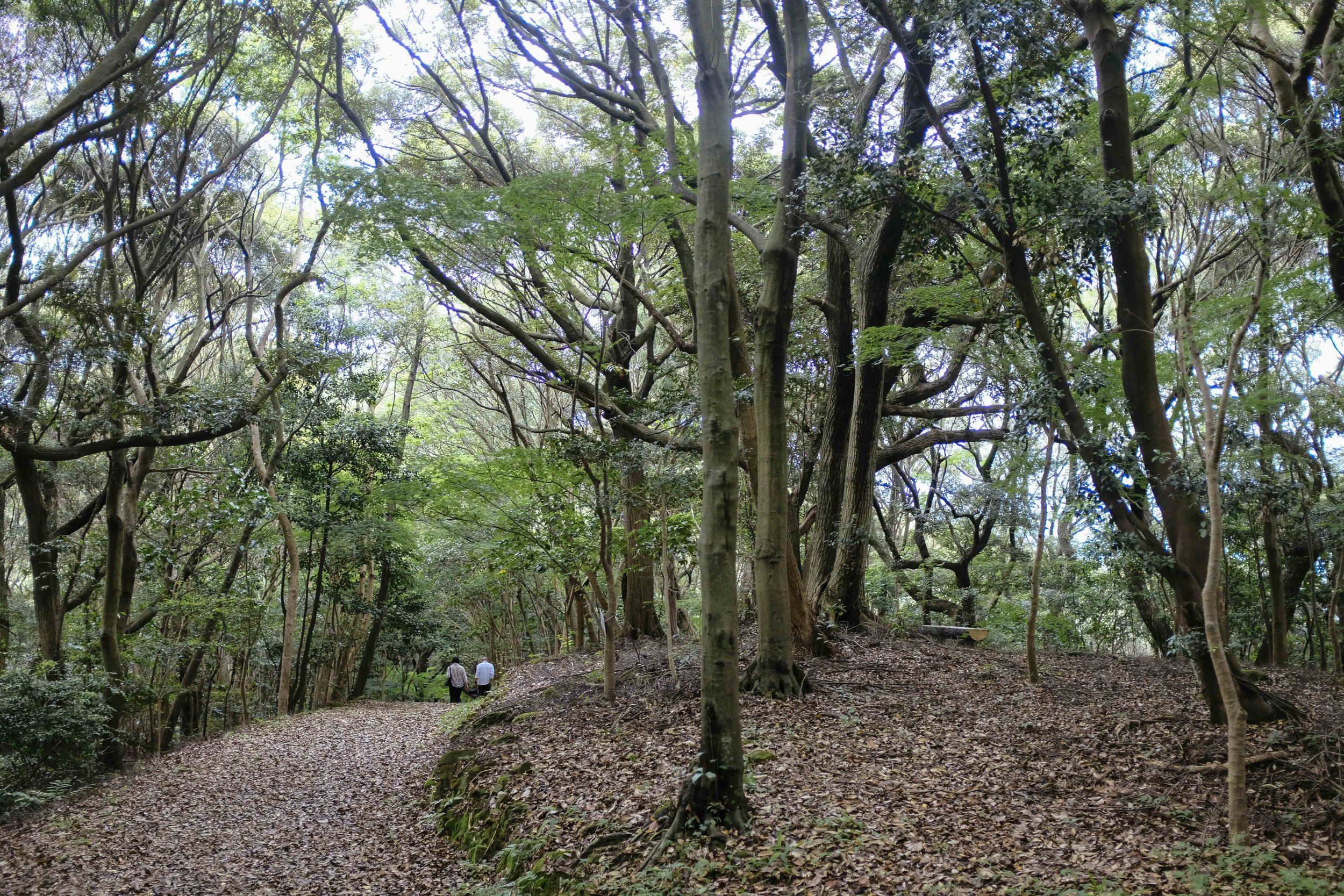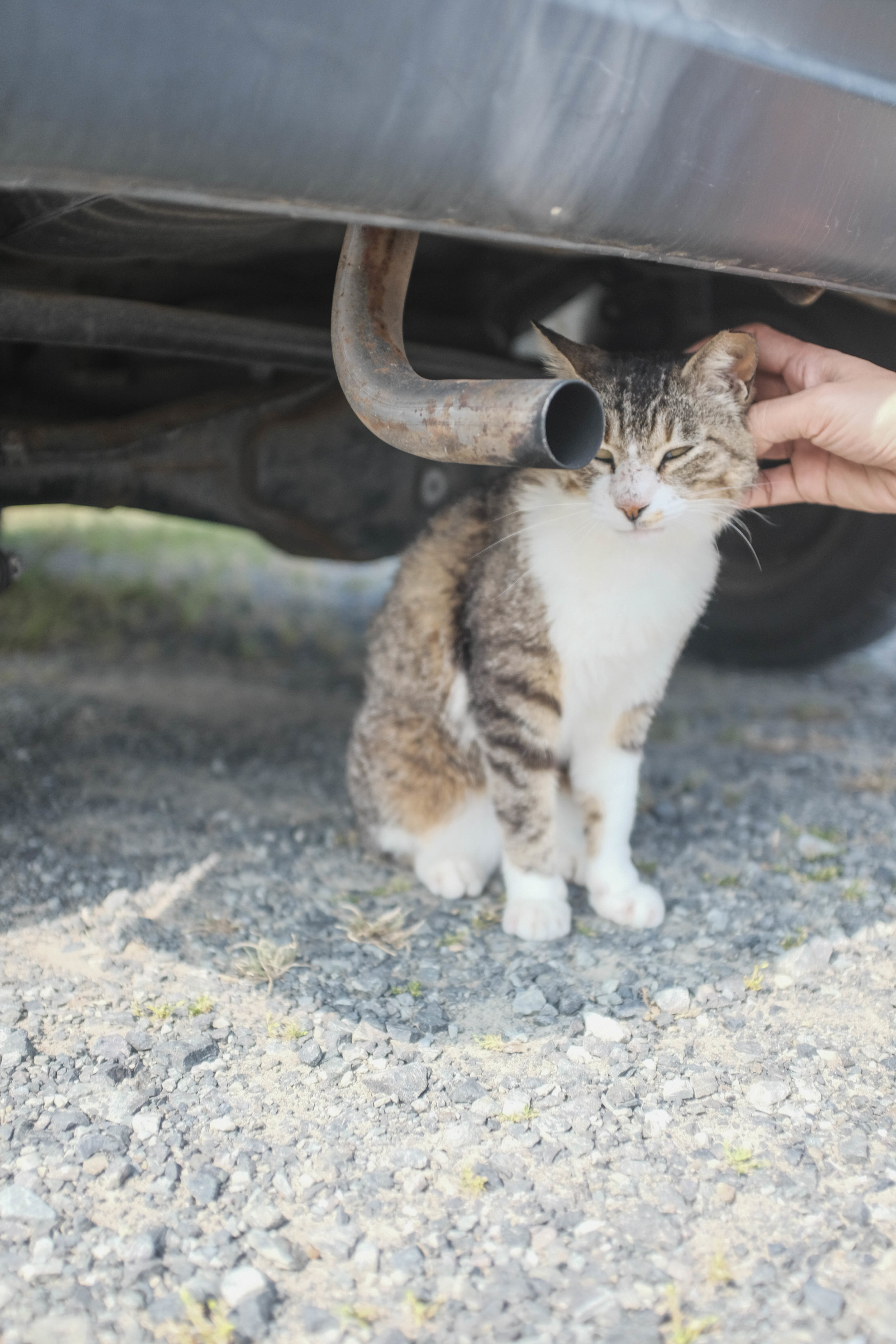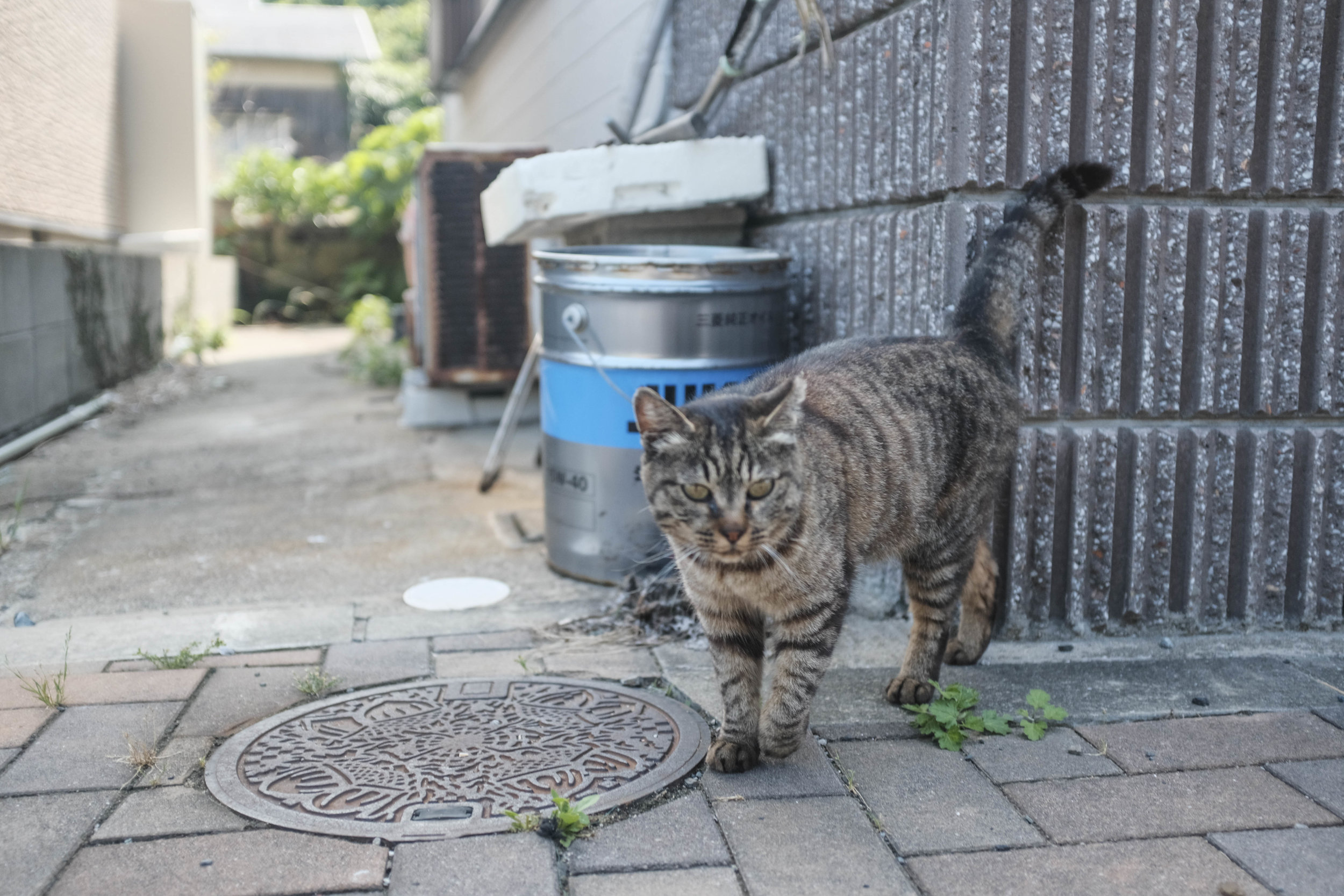Kyushu Day Trips (Part 2)
by Marc Nair
5th August 2018
Moving west and north after Kagoshima, we found ourselves based out of Nagasaki, which, despite being largely rebuilt after WWII, has an edgy street vibe which lends itself very well to street photography.
Our day trips were governed by the JR Pass, although we did grab a ferry to check out one of Japan’s many cat islands.
1) Nagasaki Atomic Bomb Museum
A must see if you’re in Nagasaki, the Nagasaki Atomic Bomb Museum is a short walk from Urakami train station. It is situated close to the hypocentre (ground zero) where the bomb was dropped. The museum charges a modest 200 yen entrance fee, and covers the history of this inhumane act of violence through narratives gathered from different perspectives.
Left: A water tank twisted out of shape from the force of the blast.
Right: The shadow of a man and his ladder imprinted upon the wall of a building after the bomb.
The monument marking the hypocentre of the bomb.
The recount of the bombing begins with the aftermath of the disastrous scene of the attack and includes the events leading up to the dropping of the atomic bomb, the reconstruction of Nagasaki up to the present day, the history of nuclear weapons development, and the hope for a peaceful world free of nuclear weapons.
Left: Interior of the Cathedral
Right: Broken heads of statuary salvaged after WWII
Close by is Urakami Cathedral, which was almost completely destroyed in the war and was rebuilt in 1959. It represents a bastion of Christian defiance in the face of centuries of persecution. The church was built on the grounds where Christians were forced to undergo 'fumie,' where they were made to step on sacred images in a bid to root out believers, part of which was recently featured in Martin Scorsese’s film, Silence. The cathedral was erected in 1895 as a message of resilience, but was then destroyed by a Christian nation in 1945.
2) Isahaya
Not on the top of the list for most travelers to Nagasaki, we chose Isahaya because it was on the JR line, was a short 30 minute train ride from Nagasaki and contained the possibility of a nature walk. It’s a small, compact town that contains the original (and prettier) Megano Bridge (a more photographed duplicate is found in Nagasaki),
as well as a lovely walking path beside Isahaya High School.
Joyama Park, in the middle of Isahaya, is large and sprawling and was pretty empty, so it really felt like we had a found a patch of hilly forest in the middle of the city.
It’s amazing how complete the silence is, when in twenty minutes you can walk down a winding path that pops out through a cemetery and into a housing estate.
3) Aisima Island
Kokura from the drone
Japan has no shortage of animal islands. There are various places for deer, rabbit and cat lovers. We opted to head to Kokura, a major hub city, to catch a ferry that would take us to Aisima, a tiny island where there was touted to be 200 wild felines. So we decided to try to photograph as many as we could!
Here's the ferry timing (not available anywhere online!) if you want to visit Aisima Island







































